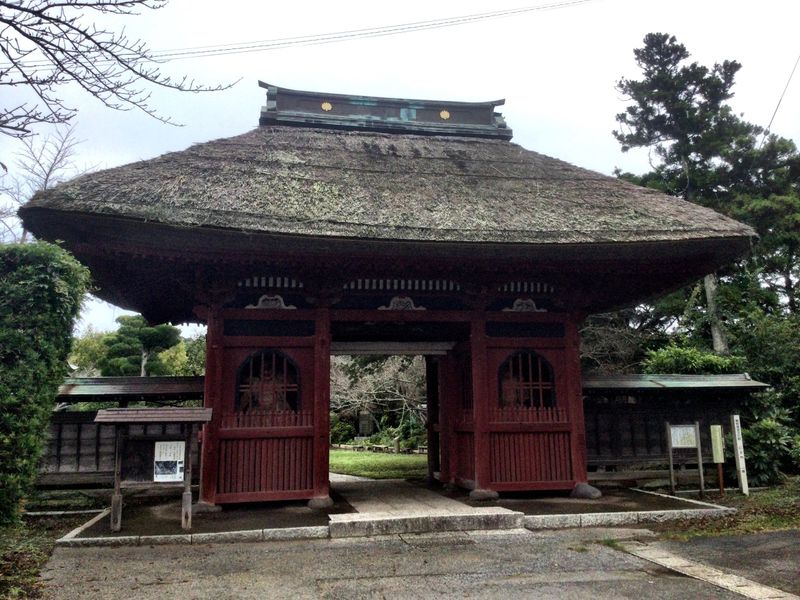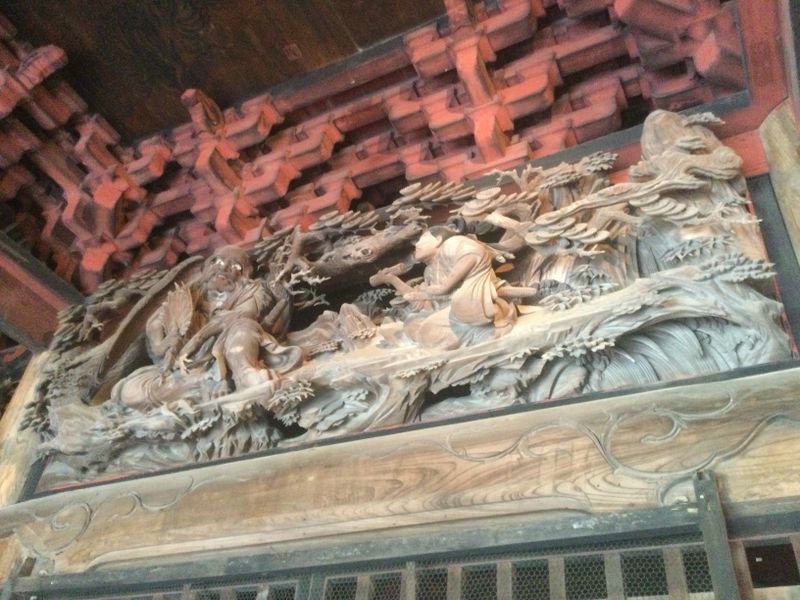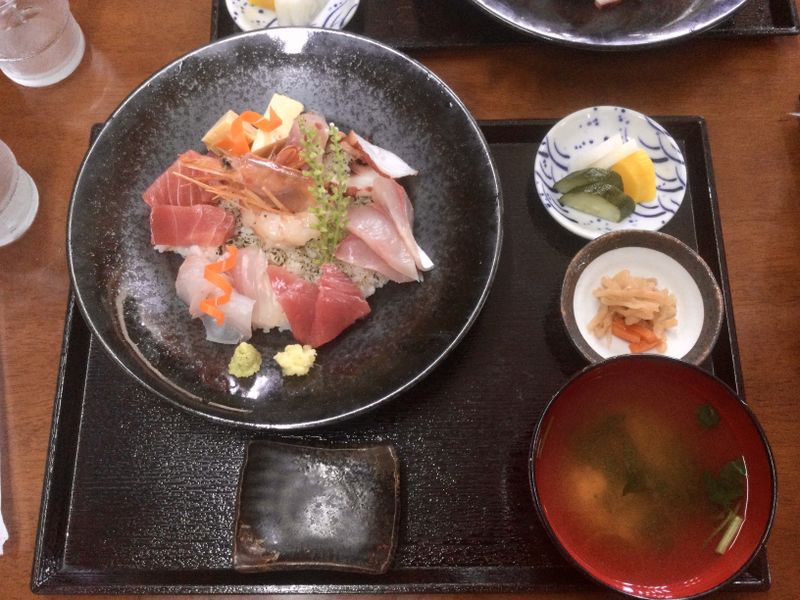Oct 21, 2024
Isumi City's Masterworks Part 1
Isumi's Year of the Dragon
Isumi City on the Pacific coast of Chiba Prefecture is celebrating the 200th birthday of Nami no Ihachi, Edo Era carver of dragons and waves. On the invitation of the Nami no Ihachi preservation group, I and four other foreign residents received a tour of three stunning temples graced with his works.
The group assembled at the prefectural office was only five foreign residents, though the tour was intended for 20. It was nice to see familiar faces, all volunteers with the Chiba Kun Global Partners project. We caught up in a mix of English and Japanese (and a smattering of Chinese) with one participant each from the US, Vietnam, Taiwan, China, and Canada.
At first glance, the itinerary looked underwhelming - three temples and a lunch break. But I had underestimated the travel time and impact of the wonders we were about to see. And we were about to meet some passionate historical researchers and temple priests.
Izunaji, the Tengu Temple
The first destination 飯縄寺 Izunaji, or Izunadera, started with fumbled introductions over the noise of the bus engine. Our hosts were eager to point out that carved in the eaves of the thatched gate are images of tengu swimming in the sea. It was the first intimation of the great art.

Our tour was led by an unassuming guy clad in a t-shirt and jeans. At times he wondered if we were paying attention. I introduced myself and explained that I love tengu lore, have experienced Shugendo practices, and that I’m keen on history. He lit up and introduced himself as Kataoka sensei, the premier researcher of Nami no Hachi’s Chiba locations. While our team was chatting, he gave me a brief lecture on Nami no Ihachi.
The wood carvings at the temples are the masterpieces of Takeshi Ihachiro Nobuyoshi, known as Nami no Ihachi. Nami means waves, and the hallmark of his work is the undulating movement of waves and seafoam he captured in zelkova wood. Born in 1752, Nami no Ihachi was the first of five generations of carvers to bear the name. Around the former Awa Province, now the cities of the southern part of the Boso Peninsula, are many of Nami no Ihachi’s carved transoms and friezes in temples.
Nicknamed “Tengu Temple”, Izunaji has small and grand images of tengu, magical beings. The main hall has a high relief carved from a single plank of zelkova wood depicting a tengu imparting martial skill to Ushiwakamaru, who later became the samurai lord Minamoto no Yoshitsune.

Kataoka-sensei told me that the tatami mats in the hondo main temple obscure a secret. The mats dampen the auditory experience of the “nakiryu”, the crying dragon depicted on the ceiling. He explained that the sound reverberating in a temple space is similar to Nikko Toshoku where priests use wooden clappers to “ring” the ceiling. Still, the ink painting on Izunaji’s ceiling is impressive.
When the priest learned that two of us participants work in education, he proffered photocopies of English textbook pages with mentions of Ihachi and the Boso Peninsula. This made for great omiyage the next week at school.
Ihachi Meshi for lunch
Our hosts treated us to Daiyoshi, a shokudo restaurant that serves a local specialty in honor of the celebrated wood carver. Ihachi Meshi served by a number of the city's restaurants are set meals featuring eight items as Ihachi is a pun on eight. At Daiyoshi, we had a filling lunch of chirashi zushi with pickles.

And then we were off to see the next temple in the Chiba countryside.



0 Comments